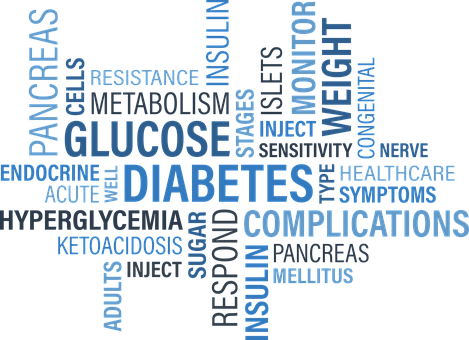During the last congress of theEuropean Society of Retina Specialists, held in Barcelona (Spain) in December 2017, leading experts in diabetic retinopathy (DR) and diabetic macular oedema (EMD) defined the latest guidelines and recommendations for the management of these two eye diseases.
As is now well known, the incidence of diabetic disease has been rising sharply in recent decades and its complications are growing along with it. Therefore, early diagnosis, general improvement of lifestyle and efficient treatment are prerequisites for counteracting or at least reducing the occurrence of diabetes-related eye diseases.
From what emerged during the last congress, technological innovations for the management of DR and EMD are significantly changing common clinical practice, which is becoming more and more personalised and targeted to the individual patient. In fact, numerous advances have been made in this respect. Laser treatment to treat retinal lesions associated with RD and EMD, which in the past was considered the gold standardwas replaced in the majority of cases by targeted intravitreal drug treatment.
The Experts also emphasised the importance of 'educating' the diabetic patient, who must be educated and guided so that they can manage their diabetic condition in the best possible way and prevent it, where possible. and, complications.
and, complications.
As every year, the Guidelines drawn up by the American Diabetes Association provide practical recommendations for all people with DM.
Here are some tips from the 2018 guidelines:
-practising regular physical activity: all children and adolescents with type 1 diabetes mellitus (DM) or type 2 diabetes mellitus (DM 2) should perform at least 60 min a day of moderate-intense aerobic activity and intense muscular activity at least three days a week; adults with DM 1 or DM 2 should perform 150 min of moderate-intense aerobic activity three days a week, but avoiding two consecutive days of activity; 75 min of intense activity is sufficient for younger and more physically athletic people. Endurance activity, on the other hand, is recommended 2-3 times a week and never on two consecutive days. All adults should also limit the time spent sitting as much as possible: if you work in an office, for example, you should get up every 30 minutes. This has benefits for blood glucose levels, especially for people with DM2;
-smoking cessation eliminating both cigarettes and tobacco;
- seek psychological support: Support should be considered an integral part of the entire management of diabetic disease in order to optimise the patient's quality of life. People with diabetic disease may, in fact, suffer from anxiety and depression, especially in the early phase of the disease when the patient has to readjust their lifestyle and change their habits.
Bibliography
- Turchetti P. et al. Management of diabetic retinopathy and macularediabetic oedema: Euretina 2017 guidelines. Clin Ter 2017;168(5):e340-343.
- American Diabetes Association. Lifestyle Management: Standards of Medical Care in Diabetes. Diabetes Care 2018;41(Suppl. 1):S38-S50.
Dr. Carmelo Chines
Direttore responsabile
